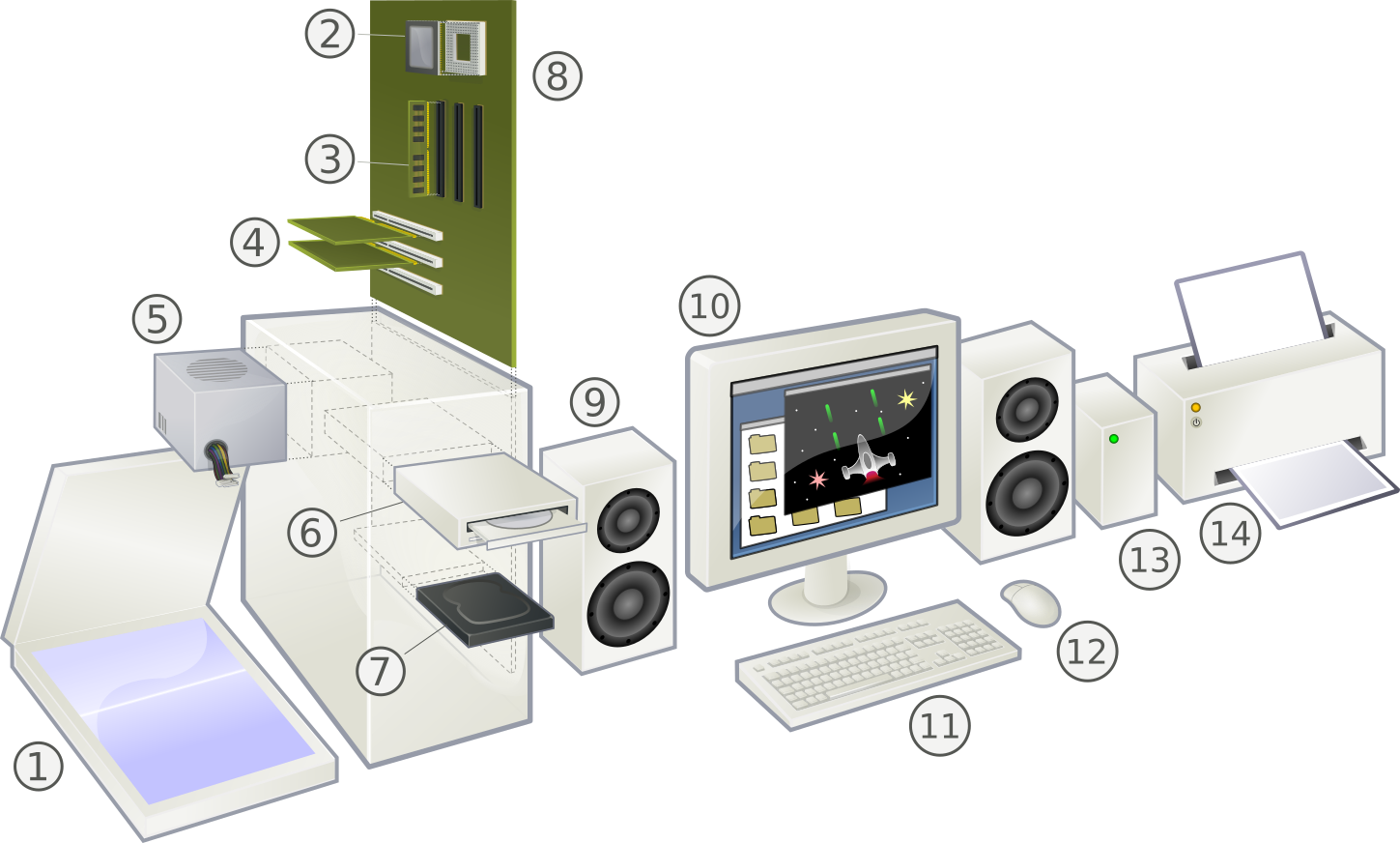In recent years, the technology landscape has undergone a significant shift, leading to a remarkable rise in the accessibility and popularity of surplus computer parts. As more people and companies seek affordable solutions for their tech needs, surplus components have emerged as an attractive option. These surplus parts not only provide significant savings but also support a more eco-friendly approach to technology consumption. By revitalizing old components, tech enthusiasts can create or enhance systems that meet their needs without spending too much.
Yet, navigating the world of surplus computer parts can be overwhelming for the uninitiated. With varying quality levels and the risk of scams, potential buyers must be armed with the right knowledge to make wise decisions. This guide aims to enable readers by offering crucial tips, tricks, and insights into the world of surplus parts, ensuring they can shop wisely and find the greatest deals while avoiding common pitfalls. Whether you are a experienced builder or a new buyer, understanding how to spot high-quality surplus components can unlock a world of tech opportunities.
Ultimate Guide to Acquiring Surplus Computing Components
When venturing into the world of excess computing components, it is important to understand the key considerations that can influence your buying journey. Begin by identifying reputable suppliers where surplus components can be procured. Internet shops, community computer service centers, and dedicated surplus electronics stores are ideal places to begin. Ensure that you look at feedback and check the seller's ratings to determine their reliability. A highly rated seller often indicates quality products and a safe transaction.
Then, familiarize yourself with the specific components you require. Each item, regardless of whether it's a motherboard, PSU, or RAM, comes with unique requirements and compatibility considerations. Research the necessary features for your configuration and use this insight to filter out unsuitable components. It is also crucial to understand the inherent risks involved with buying surplus goods, such as absence of guarantees or hidden defects. Understanding what to anticipate can help manage your expectations and reduce frustrations.
Lastly, don't shy away to inquire questions and seek detailed data or photographs of the components before making a purchase. A reputable seller should be prepared to provide this data to ensure that you feel assured in your buying decision. Check for signs of wear and tear, look for original boxes, and verify any included paperwork. Being meticulous in your review and interactions will greatly improve your chances of scoring reliable excess computer parts that meet your needs.
How to Identify Premium Excess Components
When looking for overstock electronic items, the initial sign of excellence is the quality of the component. Seek parts that exhibit minimal evidence of deterioration. These components should not display significant marks, damage, or discoloration. Performance testing certificates or documentation can also serve as a guarantee; countless reputable vendors will offer evidence of thorough testing, showing that the part is in functioning condition.
A further crucial factor to think about is the vendor of the overstock parts. Reputable vendors with a good image often offer components that have been carefully checked and renewed, enhancing the odds of obtaining top-notch pieces. Take https://www.fcsurplus.ca/shopping/products/c376-computer-equipment/ to review reviews and recommendations, as well as to verify if the seller has a return guarantee. This insight can be extremely helpful in assessing whether you are purchasing from a trustworthy seller.
In conclusion, understand the details and fit of the parts you are interested in. Look into the original time and spec details to make sure the components meet your needs. Components that have stood the test of time a while but still match current technology commonly provide great value. If you can, compare prices and conditions among various sellers to obtain the greatest deal without reducing excellence.
Tips for Evaluating Second-hand PC Parts
When browsing for excess hardware parts, the primary step is to review the tangible condition of the components. Search for obvious evidence of deterioration, such as marks, deformations, or corrosion. Additionally, check for any absent screws or parts that could impact functionality. If feasible, request clear images from the provider that showcase the item from various angles. This sight-based evaluation can assist you evaluate if the part is valuable your money.
Next, it's crucial to verify the working condition of used parts before buying. Check whether the seller has assessed the part and can offer proof, such as benchmarks or a working demonstration. For parts like GPUs and CPUs, witnessing them in use can provide confidence about their functional state. If the vendor cannot offer this information or if they are hesitant to allow evaluations inquiries, consider it a red flag.
Finally, research the standing of the seller or marketplace where you are thinking about making a purchase. Examine feedback and look at scores to ensure that they have a history of selling high-quality goods. Building trust with the vendor and being knowledgeable about return guidelines can protect you from future concerns. By adhering to these tips, you'll be better equipped to discover top-notch excess computer components that fulfill your needs.

